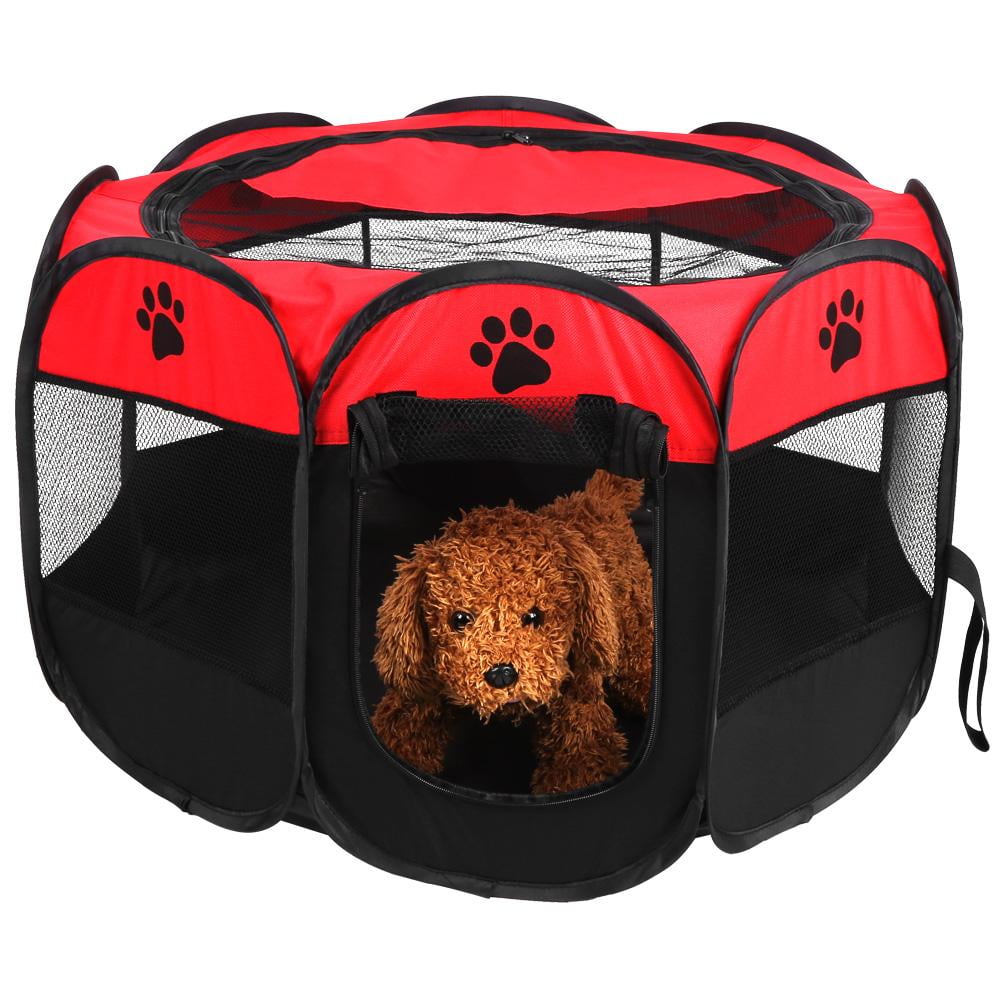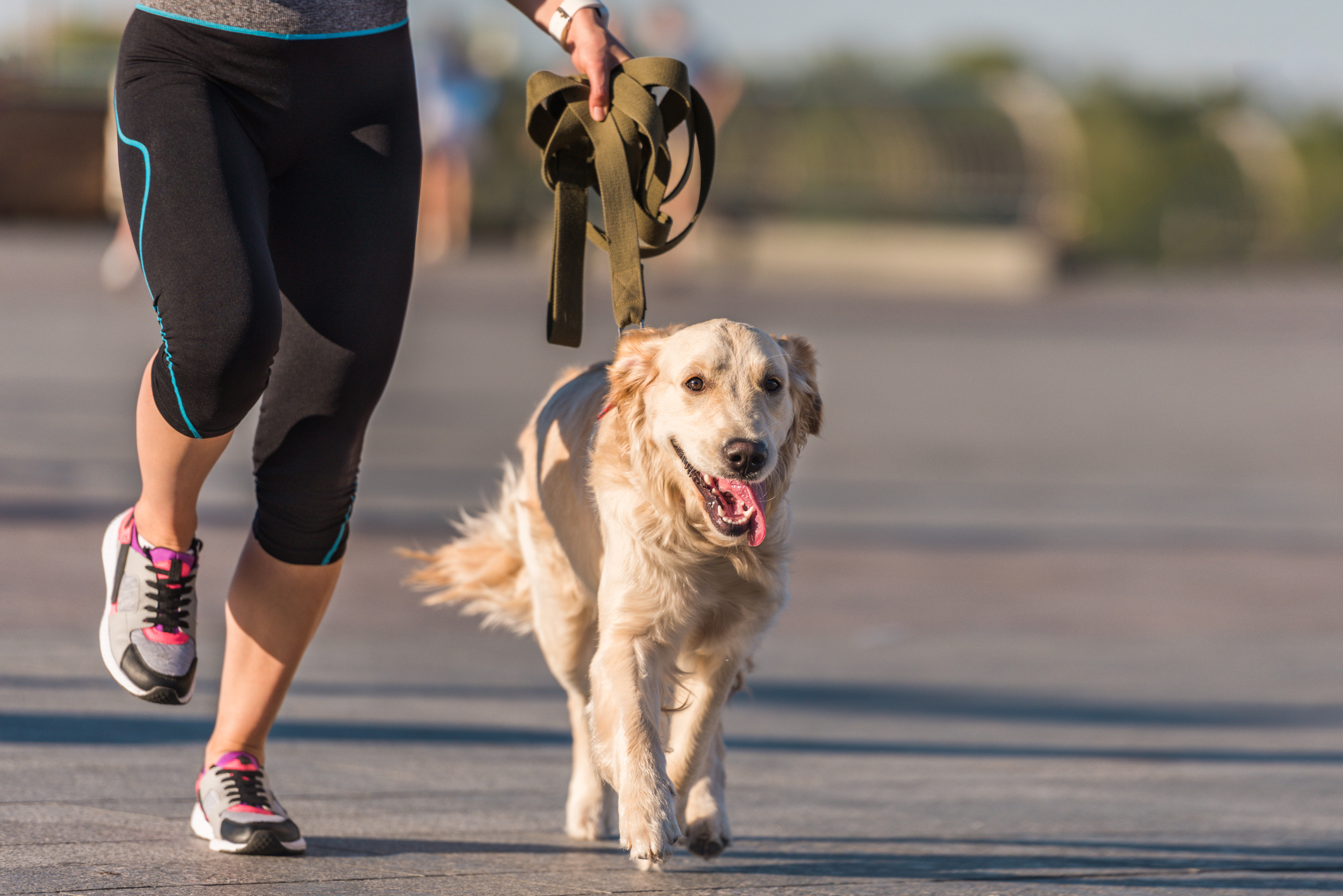

We didnt bother much because we thought, again, she was just full. Mom was shocked because Pam suddenly peed like I think she had no control of doing it(shes a good pup). I reportedly told my mom what happened to Pam then I was holding Pam facing in front of her like a baby.
#Pet weight and exercise covered by vcpr full
We thought she was just full but it was something else for me. She was vomiting the food she ate earlier(dog food). I was playing all of them but then in a sudden moment, Pam suddenly paused and then layed down as if she was lifeless. Sat down a bit and my other dog sat down beside me too. When I got home, all of our 5 dogs(including her) was so excited for having me home. Mom told that before she left our house, my Pam was still playing with the other dogs.

My Pam just died an hour ago and I don't know how or why. In the case of collapse, your pet may need to remain in the hospital overnight or longer for monitoring. Medications may need to be administered over the remaining life of the pet. Surgery and medications can extend the life of the pet for many years when the issue is diagnosed early and treated responsibly. Once the pet has become stabilized, potential of recurrence is based on cause of the problem and severity of the myocardial infarction.

Anti-arrhythmic medications can correct arrhythmias. Antibiotics may prevent further damage to vessels and heart lining resulting from infection or inflammation. Various diets and medications may provide preventive/supportive care for renal disease if damage is not severe. Thyroid hormone replacement medications are common and available. Surgery may be required to remove any mass that may be obstructing blood flow to or from the heart. Pacemaker implants are more widely available for canines predisposed to heart problems. Hospitalization is often necessary to continue heart monitoring until the veterinary staff is certain the pet is stable.Ī variety of medications are available for cardiac abnormalities depending on the identified cause. Medications may be used to thin the blood for ease of circulation. The initial goal is to regain normal heart activity. Initial treatment may involve resuscitation and supportive care, depending on seriousness of the event. The recording is analyzed for abnormal heart activity. The heart rhythms are recorded and times of rest versus times of exercise or stress are reported by the owner. Electrodes are taped onto the chest and the device is strapped on the back for 24 hours.

Urinalysis: Examines kidney and metabolic function.Biochemistry: Examines kidney and liver function.Complete Blood Cell Count (CBC): Determines red and white blood cell count, can detect possible infection.Electrocardiography (EKG): Determines cardiac electrical impulses and measures arrhythmias.Laboratory diagnostics can reveal valuable information as to cardiac function and possible causes of symptoms you are observing. The vet will listen to the heart for any murmur, irregular pulse, or arrhythmia. The veterinarian will collect any history as to what led up to the symptoms or collapse event. Try to keep the events leading up to the collapse in your mind so you can report them to the veterinarian. If your pet collapses, keep calm and carefully wrap her in a blanket and transport her to the veterinary clinic. Transport your pet to the veterinarian as soon as you can. Normal heart rate in dogs will be around 60-140 beats per minute depending on their size. This gives you the number of beats per minute. Count the number of beats in 15 seconds and multiply your answer by 4. Keep young children away from the pet as pain and panic can cause aggressive behavior.Ĭalmly place your palm on the left side of the chest to feel the heart rate. Do not attempt to feed or give water in case of vomiting/asphyxiation. CPR can do more harm than good if it is not needed. Do not attempt CPR unless you have been professionally trained and know it is necessary. If you notice symptoms of a heart attack in your pet, keep calm and carefully wrap the pet in a blanket to calm him.


 0 kommentar(er)
0 kommentar(er)
